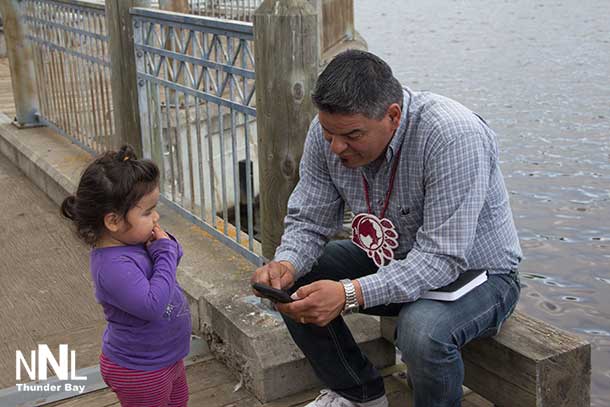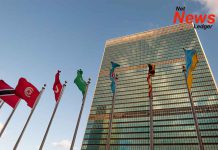
Bkejwanong Territory — (Dec 15, 2015) — Ontario Regional Chief Isadore Day is calling on all levels of government and all sectors of society to act upon the 94 Calls to Action made in the Truth and Reconciliation Commission Report released today. The six-volume, 25-lb report on the history and legacy of Canada’s residential school system is the most comprehensive chronicle of a painful history that continues to haunt Indigenous peoples today.
“Today’s report presents the largest challenge in Canada’s history. All levels of government and all sectors of society, must meet that challenge,” said Ontario Regional Chief Day. “Everyone must work together in the spirit of reconciliation and the ultimate goal of a renewed relationship of equity. As TRC Commissioner Justice Murray Sinclair stated, ‘We owe it to our children to build a Canada with a shared future. A future of healing and of trust.’”
Last week, Prime Minister Justin Trudeau joined First Nations leaders who gathered in Gatineau for the Assembly of First Nations Special Chiefs Assembly. In a speech, he introduced a five-point plan which included implementing the 94 Calls to Action that the Truth and Reconciliation Commission made public in June, and perhaps most notably, restated his commitment to working with governments to fully implement the United Nations Declaration on the Rights of Indigenous Peoples.
“The United Nations Declaration on the Rights of Indigenous Peoples (UNDRIP) should be used as the minimum standard in building a new relationship between non-Indigenous and Indigenous Nations,” said Regional Chief Day. “This responsibility extends beyond leadership, and perhaps most importantly rests with all Canadian citizens who have a role in keeping federal and provincial leadership accountable in the process of reconciliation, and ensuring these governments hold up to their commitments.”
Bkejwanong/Walpole Island Chief Dan Miskokomon said, “Many of us are looking for closure when it comes to the residential school legacy. The legal process has kept the pain and suffering alive. My brother and grandfather both attended residential schools. Many survivors are still suffering and are ready for the healing process to begin. Residential schools have impacted younger generations, many of whom are stuck in poverty and forced to rely on social assistance. We must all be part of the healing process so that we can move forward. Up until now the focus has been on money. It is my hope that the TRC report will bring some closure and that the healing can begin.”
“We remain optimistic about today’s TRC report and this government’s pledge to implement the recommendations. After all, this government is committed to finally lifting the soon to be 20-year old two per cent funding cap in the 2016 federal budget. Now this government must also commit to a very significant amount of funding in order to reverse current levels of poverty and despair.”
The TRC was established in 2008 as a part of the Indian Residential School Settlement Agreement in order to inform Canadians about the history and legacy of such schools. It wasn’t a federal government initiative. The Indian Residential School Survivors Society successfully sued the government of Canada and the churches that operated its schools. It took six years, and remains the largest class-action lawsuit in Canadian history.





